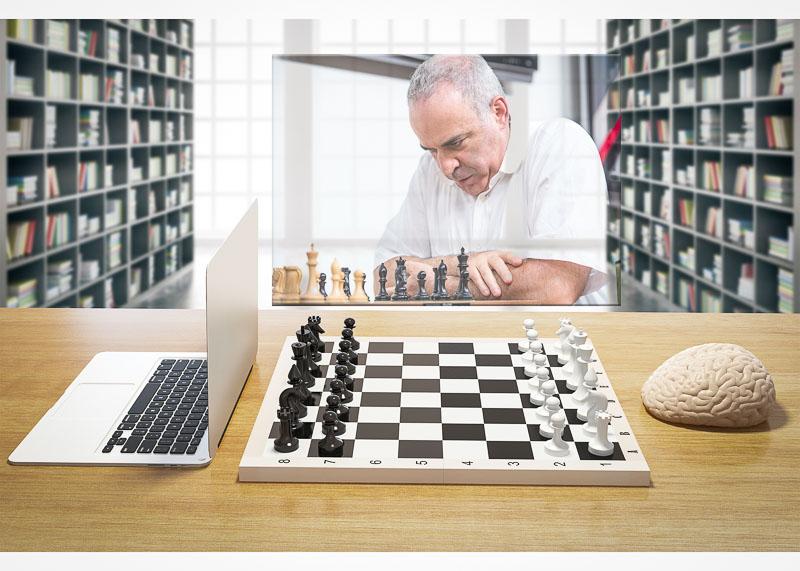

In 1997, the Chicago Tribune mistakenly reported that Deep Blue had been sold to United Airlines, a confusion based upon its physical resemblance to IBM's mainstream RS6000/SP2 systems. In 1995, a Deep Blue prototype played in the eighth World Computer Chess Championship, playing Wchess to a draw before ultimately losing to Fritz in round five, despite playing as White. Īfter Deep Thought's two-game 1989 loss to Kasparov, IBM held a contest to rename the chess machine: the winning name was "Deep Blue," submitted by Peter Fitzhugh Brown, was a play on IBM's nickname, "Big Blue." After a scaled-down version of Deep Blue played Grandmaster Joel Benjamin, Hsu and Campbell decided that Benjamin was the expert they were looking for to help develop Deep Blue's opening book, so hired him to assist with the preparations for Deep Blue's matches against Garry Kasparov. Jerry Brody, a long-time employee of IBM Research, subsequently joined the team in 1990. Their colleague Thomas Anantharaman briefly joined them at IBM before leaving for the finance industry and being replaced by programmer Arthur Joseph Hoane. After receiving his doctorate in 1989, Hsu and Murray Campbell joined IBM Research to continue their project to build a machine that could defeat a world chess champion. The machine won the World Computer Chess Championship in 1987 and Hsu and his team followed up with a successor, Deep Thought, in 1988. I am in this business and I really have to say that Ray is on the money here.While a doctoral student at Carnegie Mellon University, Feng-hsiung Hsu began development of a chess-playing supercomputer under the name ChipTest. Here's a link to the article if you missed it. Deep Blue was ridiculously good at chess for its time. As a result, modern chess engines set up on your quad core can see many ply deeper than Deep Blue.ĭon't bash the IBM guys for failing to engage in the same pruning because their unique architecture may have inhibited it. The article he linked explains everything in conclusion: Deep blue was hardware, not software it was very fast for its time because it ran on ASICs (application specific ICs) designed to play chess Deep blue could evaluate about 200 million positions a second, which I believe a modern quad core roughly matches modern engines are FAR superior and can see many ply deeper because of a) alpha beta pruning b) null move heuristics c) game databases d) tablebases e) neural networks.

Iixpro is on the money about this one - Ray Kurzweil knows what he is talking about.


 0 kommentar(er)
0 kommentar(er)
